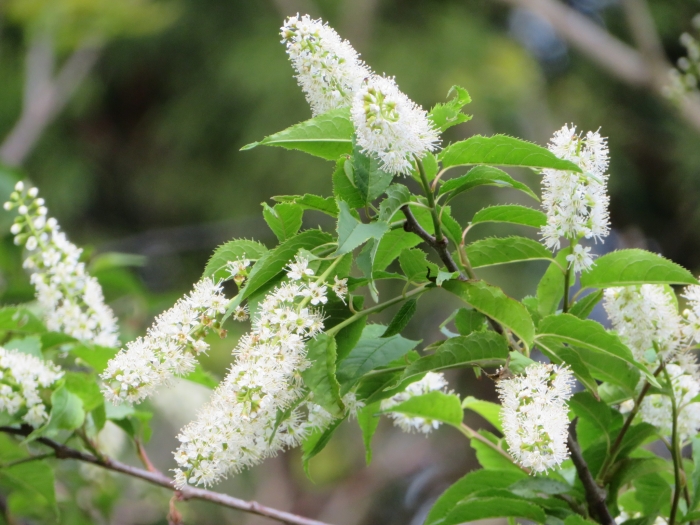Japanese Bird Cherry
(Prunus grayana)
Japanese Bird Cherry (Prunus grayana)
/
/

belvedere04
CC BY 4.0
Image By:
belvedere04
Recorded By:
Copyright:
CC BY 4.0
Copyright Notice:
Photo by: belvedere04 | License Type: CC BY 4.0 | License URL: http://creativecommons.org/licenses/by/4.0/ | Rights Holder: belvedere04 | Publisher: iNaturalist | Date Created: 2019-05-03T06:49:36-07:00 |

























Estimated Native Range
Summary
Prunus grayana, commonly known as Japanese Bird Cherry, is a small deciduous tree native to mountain forests and volcanic slopes in Japan and China, typically found at altitudes of 3281-12467 feet (1000-3800 meters). It grows to a height of 26-66 feet (8-20 meters) and has a distinctive smooth grey bark. The elliptical leaves have serrated margins, and the tree is known for its showy white flowers that appear in racemes during the spring season. Following the flowering period, it produces small black drupes that are edible, though not widely consumed.
Japanese Bird Cherry is valued for its ornamental qualities, including its attractive bark and springtime floral display. It is used in garden and urban settings, often as a feature tree due to its manageable size and aesthetic appeal. The tree prefers well-drained, volcanic soil, typical of its native habitat, and requires moderate watering. It thrives in full sun to part shade conditions. While the fruit is not a primary feature, it does add interest, and the wood is highly regarded for cabinet-making and other ornamental woodwork. Gardeners should be aware that this species can be susceptible to typical cherry tree diseases, such as bacterial canker and fungal infections.CC BY-SA 4.0
Japanese Bird Cherry is valued for its ornamental qualities, including its attractive bark and springtime floral display. It is used in garden and urban settings, often as a feature tree due to its manageable size and aesthetic appeal. The tree prefers well-drained, volcanic soil, typical of its native habitat, and requires moderate watering. It thrives in full sun to part shade conditions. While the fruit is not a primary feature, it does add interest, and the wood is highly regarded for cabinet-making and other ornamental woodwork. Gardeners should be aware that this species can be susceptible to typical cherry tree diseases, such as bacterial canker and fungal infections.CC BY-SA 4.0
Plant Description
- Plant Type: Tree
- Height: 10-20 feet
- Width: 10-15 feet
- Growth Rate: Moderate
- Flower Color: White
- Flowering Season: Spring
- Leaf Retention: Deciduous
Growth Requirements
- Sun: Full Sun, Part Shade
- Water: Medium
- Drainage: Medium
Common Uses
Bird Garden, Butterfly Garden, Edible*Disclaimer: Easyscape's listed plant edibility is for informational use. Always verify the safety and proper identification of any plant before consumption., Low Maintenance, Showy Flowers
Natural Habitat
Mountain forests and volcanic slopes in Japan and China
Other Names
Common Names: Gray’s Bird Cherry, Grayana Cherry, Hui Ye Chou Li, Uwa-Mizu-Zakura
Scientific Names: , Prunus grayana, Padus acrophylla, Padus grayana, Padus grayana f. paniculata, Prunus grayana var. fargesii, Prunus grayana var. fauriei, Prunus grayana var. longipes, Prunus padus var. japonica,
GBIF Accepted Name: